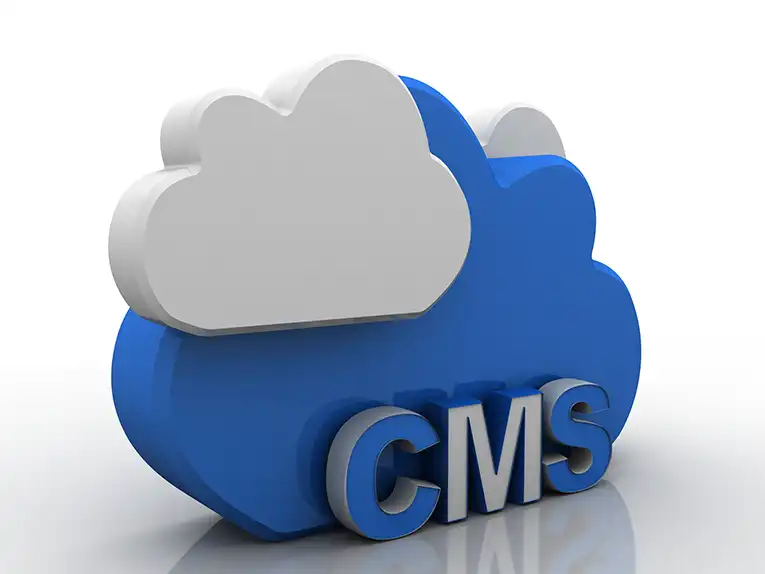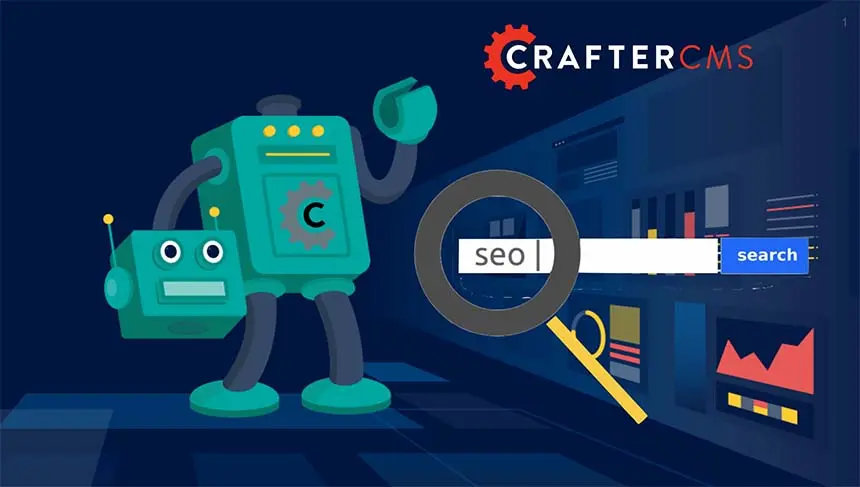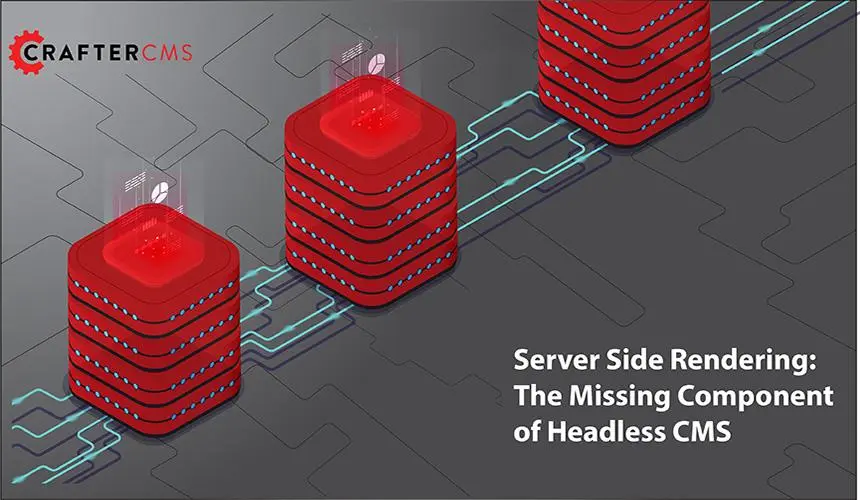Why Content Taxonomy Is Key To Going Headless

Amanda Jones

For most organizations, the ability to find and reuse the content they create is critical for maximizing the ROI of their omnichannel content marketing strategy. That’s because 76% of marketers prioritize content quality over quantity, yet B2B marketing teams distribute this content to an average of 6 different channels. The flexibility of structured content is often more critical than the headless delivery capabilities of a CMS.
An effective content taxonomy, therefore, will enable marketers to create high-quality, channel-agnostic content for headless delivery to a multitude of devices and touchpoints. With this in mind, let’s look at the benefits of taxonomies for headless content management and how you can structure your taxonomy most effectively.
The Benefits of Content Taxonomies
In the context of a headless CMS, taxonomy refers to the hierarchical structure of content and the metadata that describes the content itself. Some of the primary benefits of effective content taxonomies include content reusability and findability — each of which will maximize the ROI of content creation efforts and lead to improved customer experiences as well.
Reusability
While a headless CMS usually enables reusability with its flexible content delivery via APIs, the extent of this reusable is largely determined by the structure of content. If the content is created for specific channels, for example, it could still have limited reuse in an omnichannel marketing approach. Headless, therefore, has enabled companies to create content without the constraints of the web, but they still need a content taxonomy in place to do so. That’s why channel-agnostic content modeling with flexible taxonomies is critical for maximizing the use of content across channels. And reusing content brings benefits beyond efficiency and cost savings because it reduces brand inconsistencies as well.
Findability
You can have highly reusable content that’s not easy to find, and this wastes marketing resources. That’s because speed and discovery are critical when it comes to omnichannel marketing and achieving a personalization strategy. With proper taxonomies in place, marketers can find the content they need quickly via search and filtering, and the system itself can automatically retrieve relevant content to tailor digital experiences to the individual. Findability, therefore, prevents content silos from forming and content being lost while also improving the customer experience. Many enterprise organizations have dramatically reduced ROIs on their content creation efforts due to lost or hidden content, and they’re not leveraging the full potential of their content.
How To Structure Your Content Correctly
With the importance of content taxonomies clear, you may be wondering what an effective taxonomy looks like. For a headless CMS, the most critical aspects of taxonomy are the metadata and relationships used to describe the content. You should initially define these elements during the implementation of your CMS, but you also want to continue testing and optimizing them as well.
Metadata
All information within the CMS should include basic metadata that makes it easier for both humans and the system itself to organize and retrieve the necessary content. This often includes structural, descriptive, and systematic information.
- Structural: this is the most basic information that describes the content itself. Structural metadata could include a title, summary, author, and more. This critical data is usually based on the requirements of the system or front-end app or site where the content will be delivered.
- Descriptive: this information describes the purpose and audience of the content. The CMS could have tagging and categories, for example, to group content into specific areas of interest. This is crucial for facilitating a personalization strategy.
- Systematic: this information is usually generated by the system itself to streamline the management of information. This could include unique identifiers, permissions or access rights, or different versions of the content.
Relationships
In order to organize content most efficiently, it’s often useful to define content types in a hierarchy. This could include a category and subcategory system or parent-child relationships between content types. By leveraging related content types, companies can avoid duplicate effort and reuse specific portions of “parent” content for multiple “child” pieces of content. Although hierarchical taxonomies are useful for making content more reusable, it’s essential that you choose the right the number of levels to maximize searchability and manageability.
Powerful Taxonomies With Crafter
If you want to maximize the efficiency of your headless CMS for an omnichannel marketing strategy, you need effective taxonomies in place to re-purpose and re-distribute content across a multitude of channels. Using taxonomies with CrafterCMS, however, content becomes dramatically more findable and reusable. More specifically, the platform has powerful content modeling, content inheritance, and search capabilities that fuel headless content delivery.
CrafterCMS provides flexible content modeling with a marketer-friendly visual content type editor. Using the Crafter Studio interface, users can quickly define new content types with properties, data sources, and more to create a taxonomy that meets their specific business requirements. And the structured content is usually stored as XML, so it’s not constrained to the web. These content types, therefore, can be structured to enable maximum content reuse across channels.
Along with flexible content modeling, CrafterCMS supports content inheritance out of the box. Since the platform stores content as structured markup — often structured as a tree — inheritance is intuitive. Enterprises, therefore, can further define an information architecture that aligns with their business.
The platform also leverages open source Elasticsearch (or Apache Solr, if preferred) to make content more queryable. Using these technologies, CrafterCMS indexes the content and makes it available via complex queries. By defining tags and categories for content, it’s possible to filter or further narrow down your search results to find the most relevant information. The metadata you utilize also enables Crafter Engine to retrieve content for personalized digital experiences.
A CMS with headless content delivery is only half the battle. You still need to implement effective taxonomies and processes in order to find and reuse content for an omnichannel marketing strategy. Powerful content taxonomy capabilities with CrafterCMS, therefore, can drive personalized digital experiences across a multitude of devices and touchpoints.
Related Posts

Building Personalized Digital Experiences for a Cruise Liner

Sara Williams

CrafterCMS Wins More G2 Awards Spring 2024

Amanda Lee

What Is a Cloud CMS? (Unlocking the Benefits of a CMS in the Cloud)

Sara Williams

Headless CMS SEO (How to Do SEO Right With a Headless CMS)

Amanda Jones










